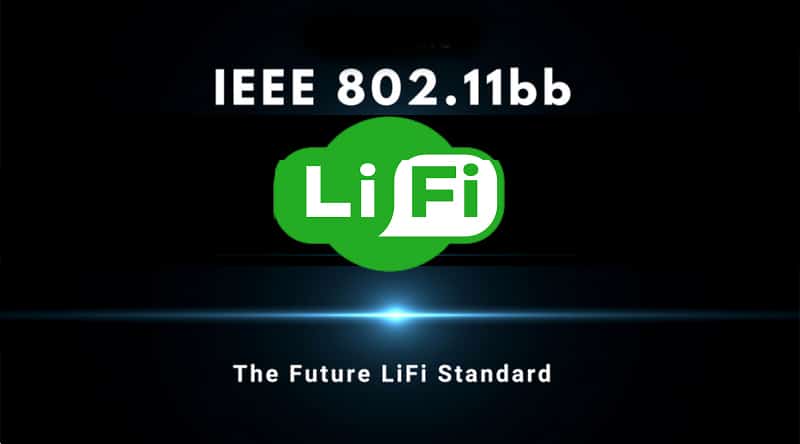In a world where seamless connectivity and data security are paramount, a transformative technology known as Light Fidelity, or LiFi, is making headlines.
Capitalizing on the spectrum of visible and infrared light to transmit data, LiFi represents a significant paradigm shift in wireless communication.
With the recent establishment of the IEEE 802.11bb standard, LiFi is set to become an integral part of our digital landscape, offering unprecedented advantages in connectivity, data security, and smart home applications.
This article delves into the monumental potential of this groundbreaking technology.

The IEEE 802.11bb Standard: A Milestone for LiFi
The recent unveiling of the IEEE 802.11bb standard has given LiFi the robust framework it needed for widespread adoption.
Supported by industry leaders like PureLiFi and Fraunhofer HHI, this standard sets the guidelines for the physical layer specifications and system architectures in LiFi communication.
Companies such as Panasonic, GE, and many startups are poised to launch products compliant with this standard, testifying to its far-reaching impact.
Connectivity and Data Security: A Paradigm Shift
LiFi offers unparalleled advantages in connectivity and data security. The technology uses the light spectrum to transmit data, significantly reducing issues of latency and congestion commonly associated with WiFi and 5G.
The light’s line-of-sight propagation adds another layer of security by making it difficult for eavesdroppers to intercept data, as highlighted by Fraunhofer’s Dominic Schulz.
The exclusive optical spectrum ensures higher reliability, lower latency, and reduced risks of jamming and eavesdropping, making it an attractive alternative for secure communications.
Also Read: Advantages of LiFi for Data Transfer
Smart Home Technology: A Bright New Frontier
One of the most exciting applications of LiFi, bolstered by the new IEEE 802.11bb standard, lies in smart home technology.
Consider a future where your LED light bulbs serve dual roles: illuminating your home and acting as data transfer hubs.
With upcoming products like PureLiFi’s “Light Antenna ONE,” designed for 802.11bb compliance, this future is not far off.
Through LiFi, your home’s lighting infrastructure could form the backbone of a secure and high-speed internet network.
Real-world Applications: Beyond the Lab
LiFi is more than just a theoretical marvel; it’s already showing its prowess in real-world applications:
- Healthcare: Hospitals can benefit from LiFi, particularly where RF interference with medical equipment is an issue.
- Education: Secure, high-speed LiFi networks could revolutionize the digital classroom, making interactive learning seamless and secure.
- Industrial Sectors: In manufacturing and logistics, the low latency and high speed of LiFi can be vital for real-time monitoring and control.
We have created one interesting DIY Project using LiFi, you can check and try – Design Your Own LiFi Speaker and Dongle.
The Future is Bright
As we move forward, LiFi’s potential is enormous. With the IEEE 802.11bb standard now in place, there’s a strong foundation for the technology to flourish.
From specialized applications in healthcare and education to broader use in smart homes and public networks, LiFi promises a future of faster, more secure, and more reliable wireless communication.
Conclusion
The IEEE 802.11bb standard has set the stage for LiFi to revolutionize the world of wireless communication. Its unique speed, security, and application advantages in smart homes make it a compelling alternative to existing technologies.
As LiFi continues gaining traction and more products hit the market, it’s clear that this technology will illuminate our lives in more ways than one.
About the Author:

Jeroen van Gils is the founder and managing director of LiFi.co, a leading voice in the promotion of LiFi technology. He also heads Morex, a digital solutions enterprise. With a fervent passion for LiFi technology, Jeroen is dedicated to exploring its myriad possibilities and transforming the way we connect.







